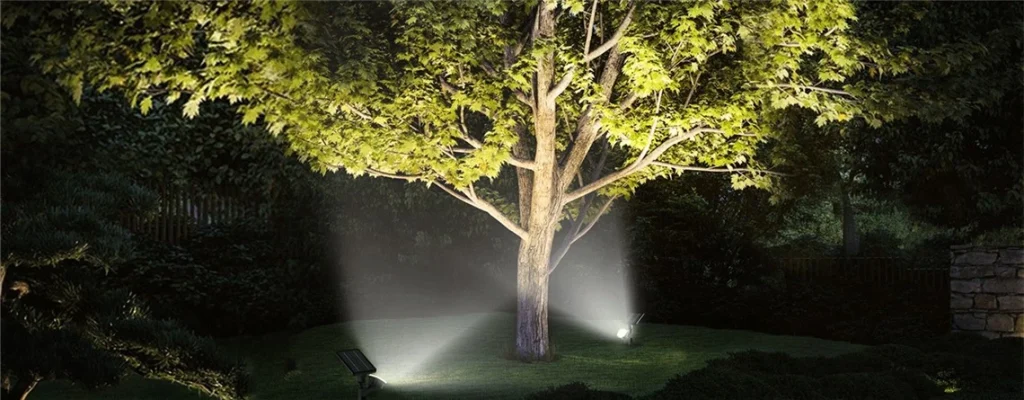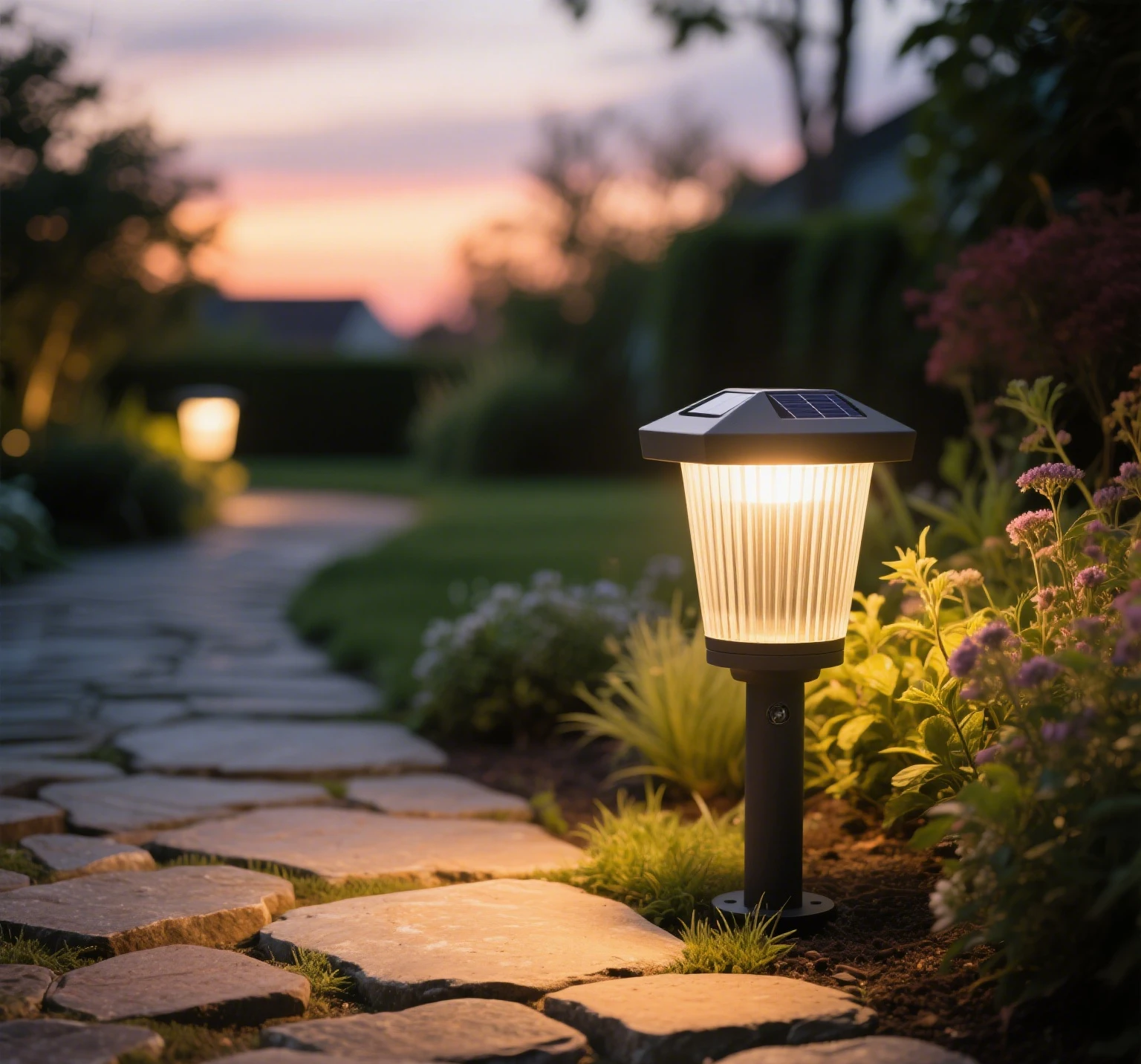Navigating the Solar Lamp Market
With countless solar lamp brands flooding the market, the market variety can feel overwhelming. From budget models to premium setups, quality variance is a real issue. So, how do you make a smart consumer selection? This guide breaks down the key factors to focus on when choosing a solar lamp that’s bright, durable, and worth your money. Let’s dive into what separates the good from the great.

Solar Panels: The Heart of Quality
Judging by Material and Efficiency
The solar panel is the engine of any solar lamp, and its solar panel material and efficiency are make-or-break for module quality. Here’s what to look for:
- Monocrystalline panels: These offer top efficiency (up to 22%) and perform better in low light than polycrystalline alternatives.
- Tempered glass coating: Protects panels from scratches and weathering, ensuring long-term module quality.
- Wattage ratings: Higher watts (e.g., 5W+) mean faster charging, even on cloudy days.
For example, a high-quality 5W monocrystalline panel can charge a lamp in 6 hours of sunlight, while a cheaper polycrystalline one might take 8–10 hours. Always check the specs to avoid underperforming panels.
Battery Power: Capacity and Longevity
Why Battery Matters
A solar lamp’s battery determines how long it shines and how often you’ll need to replace it. Capacity, lifespan, and cycle life are critical metrics:
- Capacity (mAh): A 2000mAh battery can power a lamp longer than a 1000mAh one, ideal for all-night lighting.
- Lifespan: Lithium-ion batteries often last 2–3 years, while lithium iron phosphate (LiFePO4) can hit 5+ years with better cycle life.
- Charge cycles: Look for batteries rated for 1000+ cycles to ensure durability.
In rural Kenya, for instance, lamps with high-capacity LiFePO4 batteries have outlasted cheaper models by years, saving users from frequent replacements. Check the battery specs to ensure you’re getting value.
Weather Resistance: Built to Last
Checking Waterproof and Dustproof Features
Solar lamps often live outdoors, so waterproof and dust resistance ratings are non-negotiable. The ingress protection (IP) rating tells you how tough a lamp is:
- IP65 or higher: Protects against heavy rain and dust, perfect for gardens or pathways.
- Sealed components: Ensure connectors and battery compartments are tightly sealed to prevent water ingress.
- Material durability: Aluminum or high-grade plastic resists corrosion better than cheap alloys.
A lamp with an IP65 rating can survive monsoon seasons in India, while an IP54 model might fail in heavy rain. Always verify the IP rating on the product label to avoid duds.

LED Performance: Brightness and Efficiency
The Role of LED Quality
The LED is what lights up your space, and its brightness, color temperature, energy efficiency, and lumen output define its performance:
- Brightness (lumens): A 500-lumen lamp is great for pathways, while 1000+ lumens suits larger areas like driveways.
- Color temperature: 3000K–4000K (warm to neutral) is cozy for homes; 5000K+ (cool) is better for security lighting.
- Energy efficiency: High-quality LEDs use less power per lumen, extending battery life.
For example, a 600-lumen LED with 4000K color temperature can light a backyard for 10 hours on a single charge, while a low-quality one might dim after 4. Check lumen output and color specs to match your needs.
Brand and Support: Trust and Reliability
Avoiding the Low-Quality Trap
A lamp’s only as good as the brand behind it. Evaluating solar lamp brands for warranty, after-sales support, and reputation helps you steer clear of avoiding low-quality products:
- Warranty length: Look for at least 1–2 years to cover defects or battery issues.
- Customer support: Responsive after-sales support (e.g., live chat or local service centers) is a sign of reliability.
- User reviews: Check platforms like Amazon or X for real-world feedback on brand performance.
Brands like BioLite or Goal Zero, for instance, offer solid warranties and responsive support, unlike fly-by-night sellers whose lamps fail in months. Researching brand history and reviews can save you from low-quality products.
Making Smarter Choices
Putting It All Together
Choosing a solar lamp comes down to balancing module quality, battery performance, weather resistance, LED output, and brand trust. By focusing on these, you ensure informed choices that lead to reliable solar lamps:
- Compare specs: Check panel efficiency, battery capacity, and IP ratings before buying.
- Match to needs: Pick brightness and color temperature based on where you’ll use the lamp.
- Trust reputable brands: Opt for companies with strong warranty and after-sales support.
In places like off-grid communities in Peru, buyers using these criteria have cut replacement costs by 40%, opting for reliable solar lamps over cheap knockoffs. A little research goes a long way.
Conclusion: Shine Bright with Confidence
With the right knowledge, navigating the market variety of solar lamp brands becomes less daunting. By focusing on solar panel material, capacity, waterproof and dust resistance, brightness, and brand reliability, you can make informed choices that guarantee quality assurance. Whether lighting a garden or securing a driveway, reliable solar lamps deliver long-term value. Take the time to check specs, read reviews, and prioritize after-sales support—your wallet and your lighting setup will thank you.


Leave a Reply